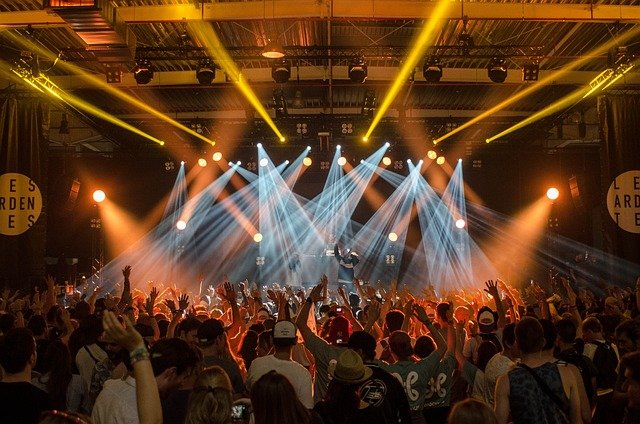Adapting Live Experiences for Hybrid and Virtual Viewers
Designing events for both in-person and remote viewers requires more than a simple livestream. Successful hybrid experiences combine careful video production, streaming reliability, audience engagement, and clear monetization paths so virtual attendees feel present while artistic intent and on-site dynamics remain intact.

Designing live events that serve both in-person and remote viewers requires intentional shifts in production, programming, and promotion. Producers must think of remote guests as a parallel audience with their own expectations for video quality, interactivity, and pacing. That means planning technical workflows, accessibility features, and engagement points so virtual viewers experience a coherent, immersive version of the show while the on-site atmosphere remains authentic and artistically consistent.
Video and streaming strategies
A robust video and streaming strategy is the foundation of hybrid events. Choose multi-camera setups to capture stage presence and audience reaction, and employ adaptive bitrate streaming to minimize buffering for viewers with variable bandwidth. Include closed captions and alternate audio feeds when possible to broaden accessibility. Platform selection matters: pick a streaming service that supports low-latency interaction if you expect real-time Q&A, and ensure your CDN and encoding chain are tested under load to avoid interruptions that fragment audience attention.
Engaging hybrid audience
Engagement tactics should be designed for parity between room and remote attendees. Use moderated chat, scheduled polls, and social overlays so remote participants can contribute without disrupting the live flow. On-site moderators or hosts can surface remote comments and questions to performers, creating dialog across formats. Design camera work and shot composition with screen viewers in mind—wide establishing shots combined with close-ups help remote viewers feel present, while curated interludes give them time to interact via social channels or companion apps.
Monetization and crowdfunding models
Monetization must reflect the perceived value of virtual access and avoid undermining box office sales. Consider tiered streaming tickets, subscription access for archives, or microtransactions for exclusive content such as behind-the-scenes video. Crowdfunding is a useful complement: backer tiers can include virtual meet-and-greets, digital merchandise, or access to rehearsal footage. Always secure licensing and performance rights for streamed content up front to prevent revenue disruptions; clear terms for archives, clips, and geo-restrictions protect future monetization.
Immersive experiences and collaboration
Creating an immersive experience for remote viewers often requires collaboration between artists, technologists, and designers. Spatial audio, dynamic camera direction, and curated visual elements can create a stronger sense of presence. Consider second-screen content or virtual lobbies where attendees explore program notes, curated playlists, or interactive installations. Collaboration with local services in your area—technical crews, accessibility providers, and venue partners—helps scale immersive production techniques across different tour stops or festival sites.
Curation, licensing, and touring
Curation affects how well a hybrid program translates for diverse audiences. Sequence content so transitions read well on camera and include contextual program notes or timed captions for virtual viewers. Licensing for streamed performances, recorded archives, and distributed clips must be negotiated explicitly, especially for music, choreography, or film excerpts. Touring artists should adjust riders and routing to account for streaming gear, local licensing rules, and promotional windows that differ from traditional live-only tours.
Social analytics, SEO, and branding
Analytics and SEO play a central role in growing a virtual audience. Track viewer retention, drop-off points, chat engagement, and conversion rates from free previews to paid access to refine programming and pricing. Optimize event pages and archived video metadata with descriptive titles, tags, and transcripts to improve discoverability through search. Maintain consistent branding across thumbnails, overlays, and social posts so audiences recognize official streams and understand differences in access tiers and content rights.
Conclusion Adapting live experiences for hybrid and virtual viewers requires coordinated effort across technical, creative, and commercial domains. Treat remote attendees as an integral audience segment: invest in video and streaming quality, design meaningful engagement mechanisms, plan monetization with clear rights management, and use analytics and SEO to expand reach. Thoughtful curation and collaboration will help preserve artistic intent while making performances accessible and rewarding for both in-person and virtual audiences.





